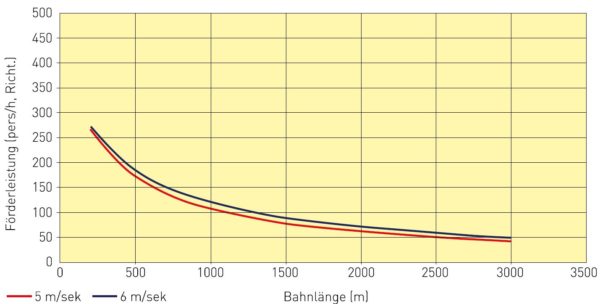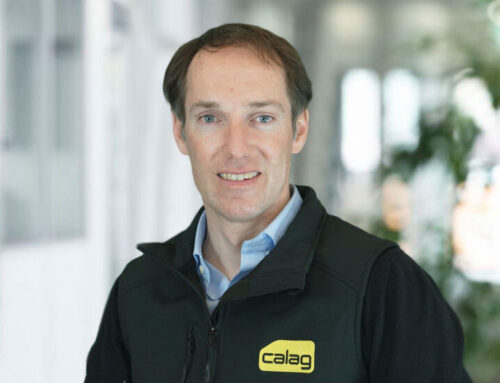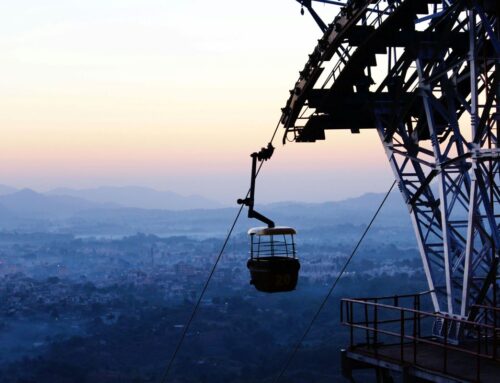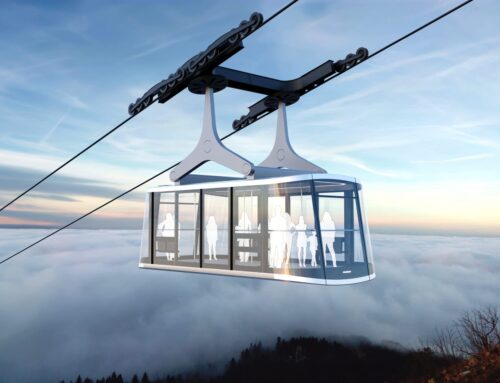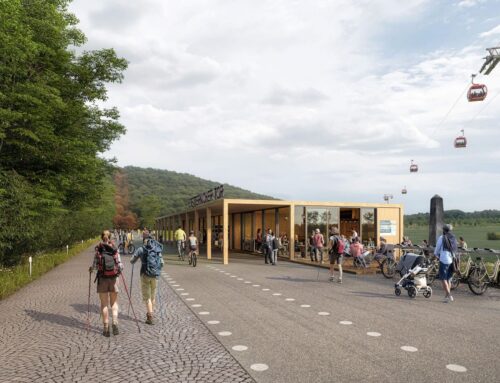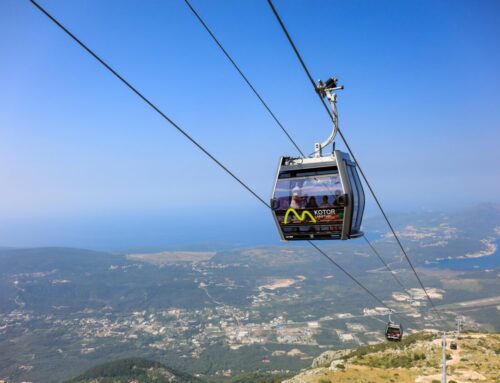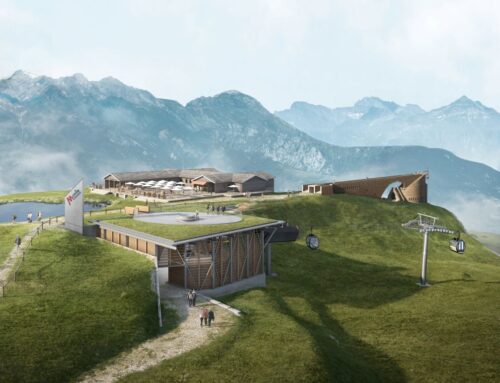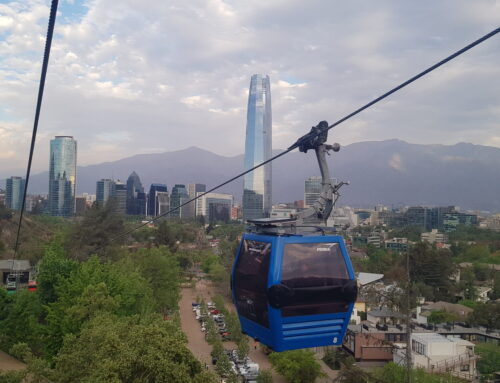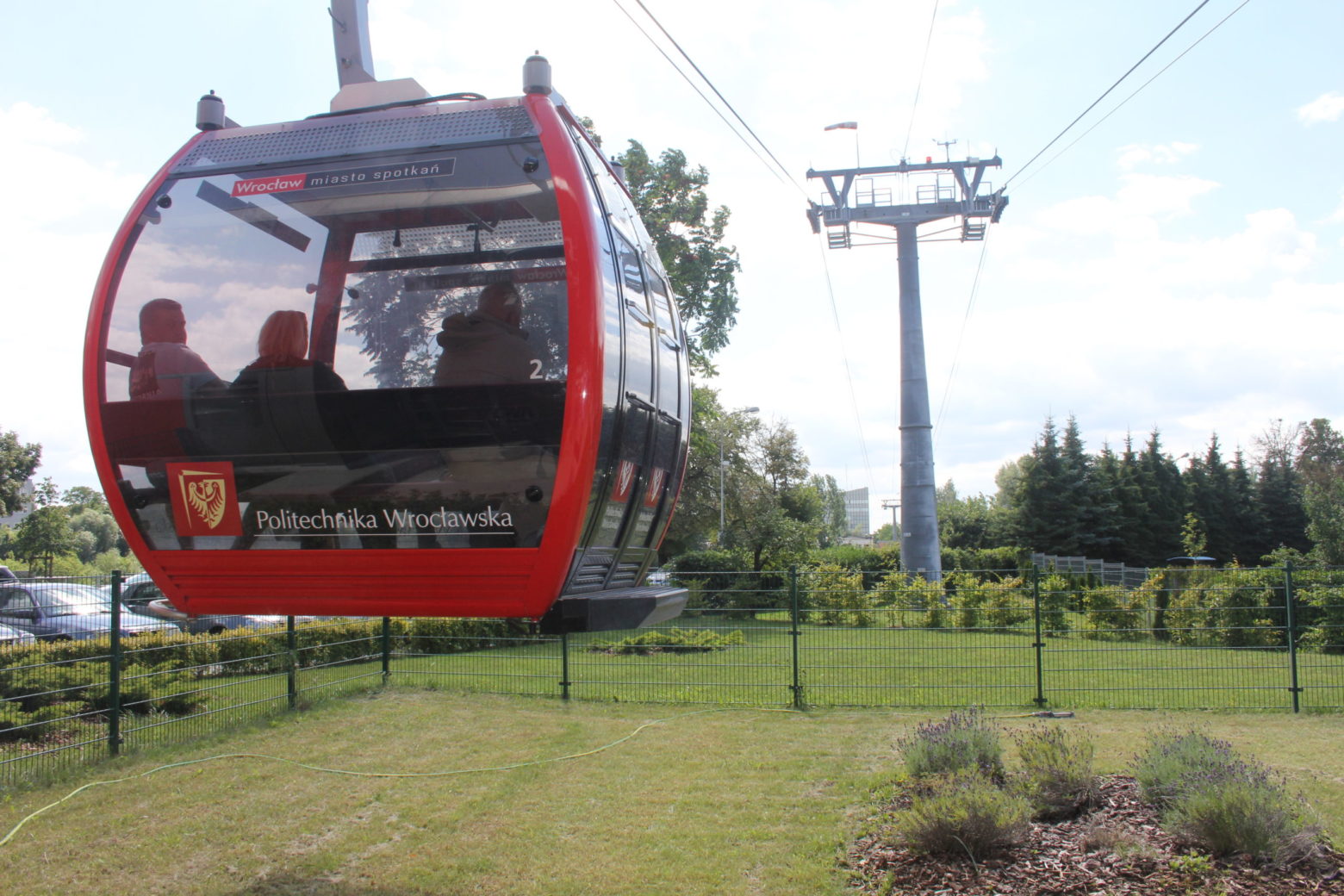
SI Urban 1/2021, Tourism
Inauen-Schätti supplies self-service cable cars where space is limited
With the two-cable aerial tramway system, two gondolas concurrently run back and forth between the two terminals. A supporting cable, which is firmly anchored in the stations, serves as the “track”.
A traction cable runs in an endless loop over rollers on the supports and in the terminals, moving the gondolas – which offer space for up to 15 people – back and forth. “Our aerial tramways stand out here, in particular for their sophisticated technological innovationsandhighenergyefficiency.
Furthermore, zero-CO2 emissions in normal operation ensure a first- class ecological footprint,” CEO Patrick Inauen explains. Essentially, the compact cable car can be supplied with two gondola sizes: The 15-ATW for 15 people per gondola or the 8-ATW for eight passengers per gondola.
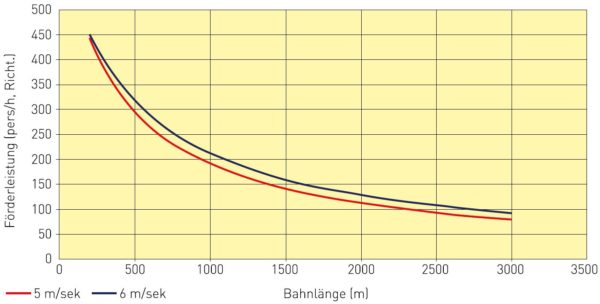
Compact & automated
A strong argument for the 15-person gondola: even at a cableway length of 1,000 metres, the transport capacity is still significantly over 200 passengers per hour.
Compact in Wrocław
“Anyone who is aiming high will find that our 15-person gondolas not only offer a comfortable amount of space but also meet the highest safety standards (CEN-compliant) and afford maximum comfort,” Inauen promotes the large version.
With a load capacity of 1,200 kg, the gondolas are also small heavy haulage vehicles and can be converted easily to transport goods. This model offers level access with automatic door opening, fittings provided to suit individual requirements, and 8-roller running gear for comfortable smoothness.
A travel speed of five to six metres per second ensures a pleasant movement speed. In addition, the cushioned suspension, adjustable anti-sway system and high wind stability guarantee maximum travel comfort. These benefits are all confirmed by the operators of the “Polinka” cable car in the Polish city of Wrocław.
Since 2014, the compact cable car here has connected the new campus of the University of Science and Technology on the west side of the river Oder with the “old” university site on the east bank.
Every day, the cable car is used by up to 2,100 university students and staff members as well as around 900 tourists and locals. Thanks to its compact technology and small station sizes, the installation blends in well with the surroundings and was quick and cheap to implement.
A control panel in the gondola makes the cable car a “self-service shop” for passen- gers. Photo: SI Urban/Surrer
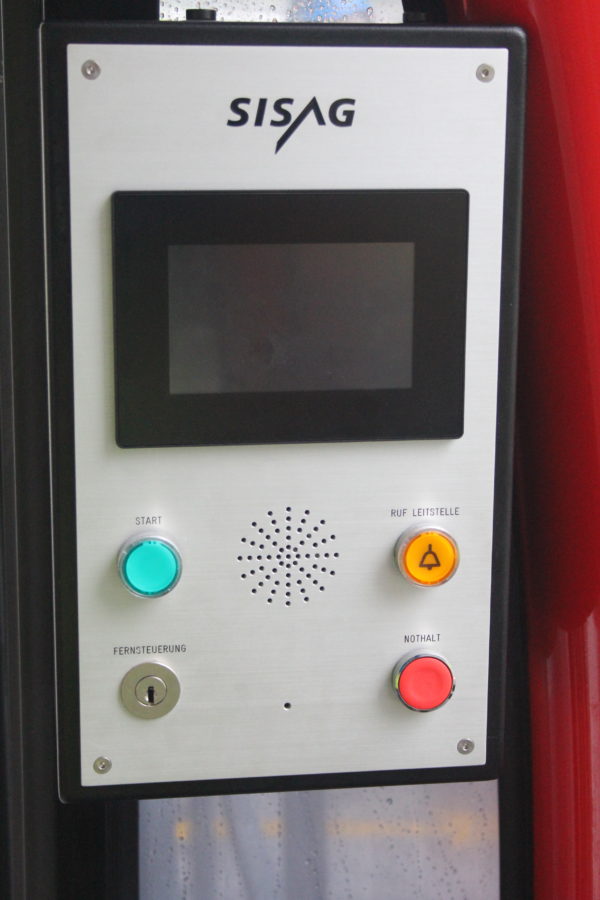
COMPACT CABLE CAR
- Modular design for cost-effective individual configuration
- Energy-efficient track system
- CEN-compliant for greater safety n Access to difficult sites
- High flexibility
- Project-specific engineering
- Easy-maintenance design
- Accessible for disabled people
- High level of freedom for architects n No CO2 emissions in operation
INAUEN-SCHÄTTI facilitates station construction on only two concrete bases. The compact form and easy installation allow a clear and easily accessible layout, require no additional drive chambers and are easy to maintain. Photo: Rudolf Hug
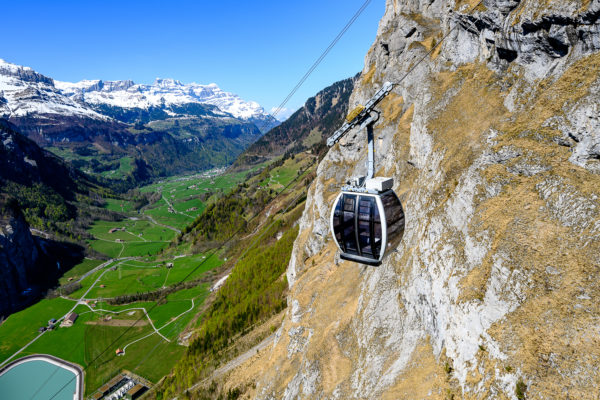
Cable car on demand
However, cable cars from INAUEN- SCHÄTTI are not only compact but also operator and user-friendly. The latest highlight, and of particular interest for cities: the cable car on demand, in which passengers operate the system for themselves.
The Tierfehd-Kalktrittli cable car in Switzerland (pictured above) is the latest example of this. This compact cable car has been running unattended and remotely monitored since 2019. The two-track aerial tramway has two gondolas, each for eight people, and runs in self-service operation.
The passengers use the cableway like a normal lift. Customers purchase tickets for the journey from the ticket machines at the bottom station. Together, these two form the simple and flexible concept behind the “cable car on demand.”
It is now possible to offer constant journeys rather than a timetable. Furthermore, the operating costs have fallen substantially in comparison with the previous cable car. ts
The shorter the distance, the greater the performance. At a length of 500 metres, the transport capacity of an 8-person cable car is already 200 people per hour and direction.
